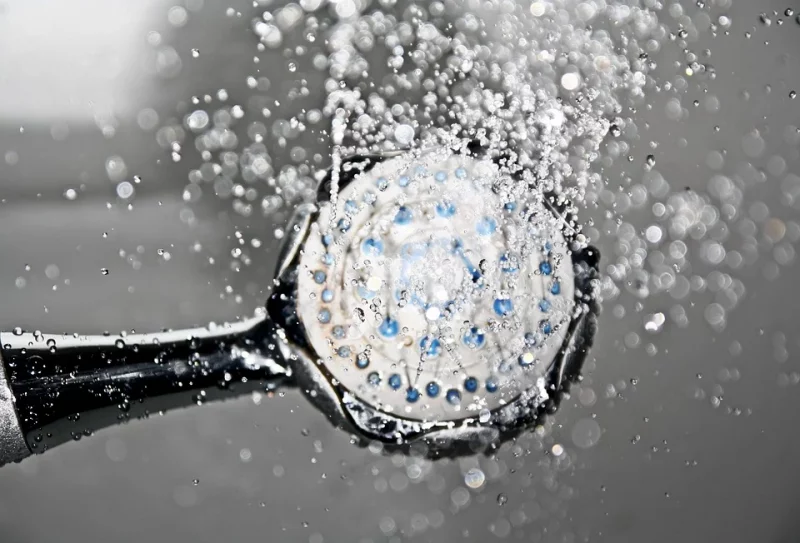Do you have a water heater at home and want to learn how to flush a tankless water heater? Well then, you’re in the right article. Read further and learn how to flush the tankless water heater. If you are not yet familiar with and have not seen anyone who flushed a gas or electric water heater, don’t worry, as we will guide you through.
Have you wondered why sediments are going out from your hot water? Well, that’s because a water heater can build up minerals over time. The deposits do affect the cleanliness of the water and your water heater. As the mineral goes in the bottom of your tankless water heater, the heat exchanger scale needs to work harder to provide your home water, and the harder it works, the bigger your utility bill could go.

Importance To Flush Water Heaters
Cleaning is the main factor that affects the lifespan of your devices, like the water heaters. Most tankless water heaters last up to 15 to 20 years, and if it’s properly maintained, they can go as far as 30 to 50 years. Sad to say, uncleaned water heaters can last no longer than eight years. If you have no idea or have never cleaned your water heater, this is the right time to start cleaning it regularly, learning how to flush a tankless water heater today. Cleaning your water heater will only take a little while, but every time you do so, you’re extending its life. Other than that, you’ll be preventing costly damages from occurring, such as replacement parts or high electricity bills.
Steps To Flush A Water Heater
It is essential to flush the water heater in a step-by-step process, as it will help you understand each step and follow it properly. You will need a flush kit consisting of a pump, bucket, descaler, and hoses. If you do not have a flush kit yet, you might as well purchase one. On the other hand, you will also use at least four undiluted white vinegar. Strictly, using a chemical solution is prohibited as your water heater mainly supports on home’s bath and drinking. As the water heater is stainless steel, they won’t damage them.
Step #1. Turn off the electric power
One of the basic but essential steps in cleaning devices is turning off the primary source, gas, or electricity. If you have installed an isolation valve, you wouldn’t need to turn off the entire electric supply in your house, as the isolation controls the electricity or gas going into your heater. It would be more accessible if you installed this at home, as well as for safety purposes. If your water heater does not have an isolation valve, turn off the entire electric supply. Meanwhile, locate the gas isolation valve and turn it off for gas-powered.
Step #2. Turn off hot and cold valves
After you’ve turned off the electric or gas sources, close the hot outlet and the cold inlet valves. Closing the cold water inlet will prevent the cold water from entering into the water heater. At the same time, the hot water outlet will control the existing hot water from going out. Carefully open the hot water pressure relief valve to release the pressure. After removing the tension, attach hoses to cold water and hot water service port. You may also want to read about what is water heater valve.
Step #3. Pumping the water heater
Get your submersible pump, place it inside a five-gallon bucket, and connect the end of the hose from the cold water service port into the pump. On the other hand, place the end hose of the hot service port into the bucket and pour four gallons of undiluted vinegar into the pump. Start the pump and allow it to go through the inner core in at least 1 hour. After letting the vinegar circulate, turn off the pump and throw the vinegar.
Step # 4. Drain water
To drain the existing water inside the water heater, you must close the cold water service port and disconnect the hose. Open the cold water valve, then flush out the remaining undiluted vinegar inside the water heater for at least a few minutes. Then, after flushing, close the cold water valve and drain the water. Then remove the hose from the hot water service port. Now that you have drained and flushed out all the minerals inside the water heater. Locate the filters, both-cold water, and hot water filter. Loosen the screws to remove the filters and clean all the dirt or insects. If you prefer cleaning your filters with water, ensure that it’s well-dried when you return it in place.
It’s A Wrap!
Now that you have entirely known how to flush a tankless water heater, you can now disregard calling a professional to do the job. It’s always advantageous if we know how to maintain the water heater’s performance and take good care of it properly. Even though purchasing a pressure washer comes in handy manuals, it does not explain other things. So, reading articles will help you collect helpful ideas, especially on maintaining your appliances at home. Click on these links to read related articles; know how to clean tankless water heater and how many gpm for tankless water heater.
